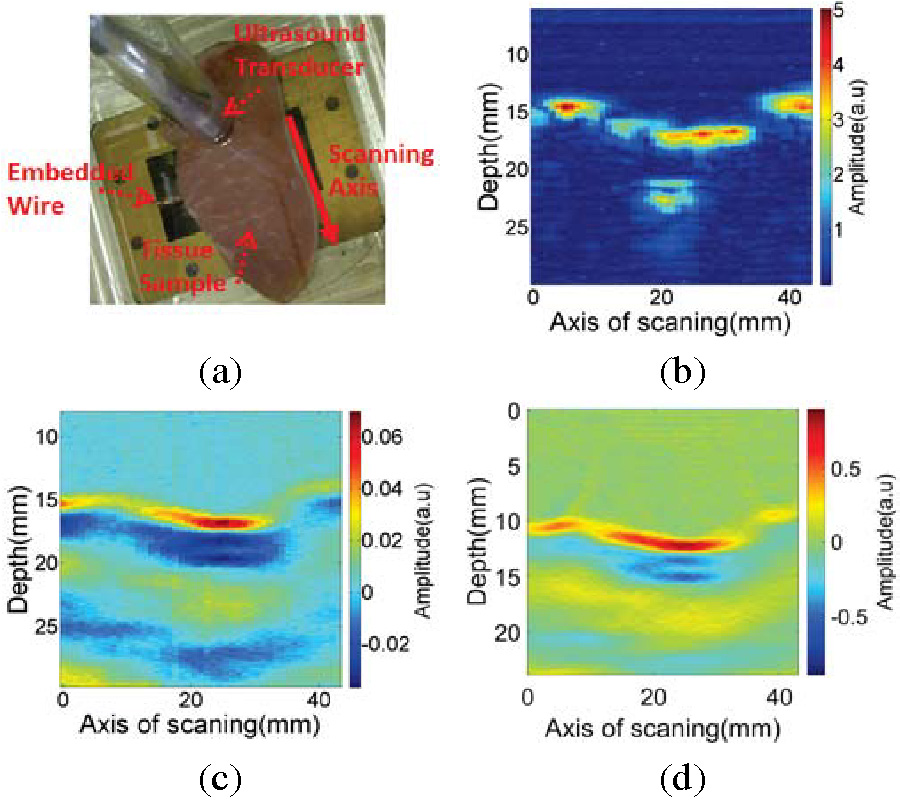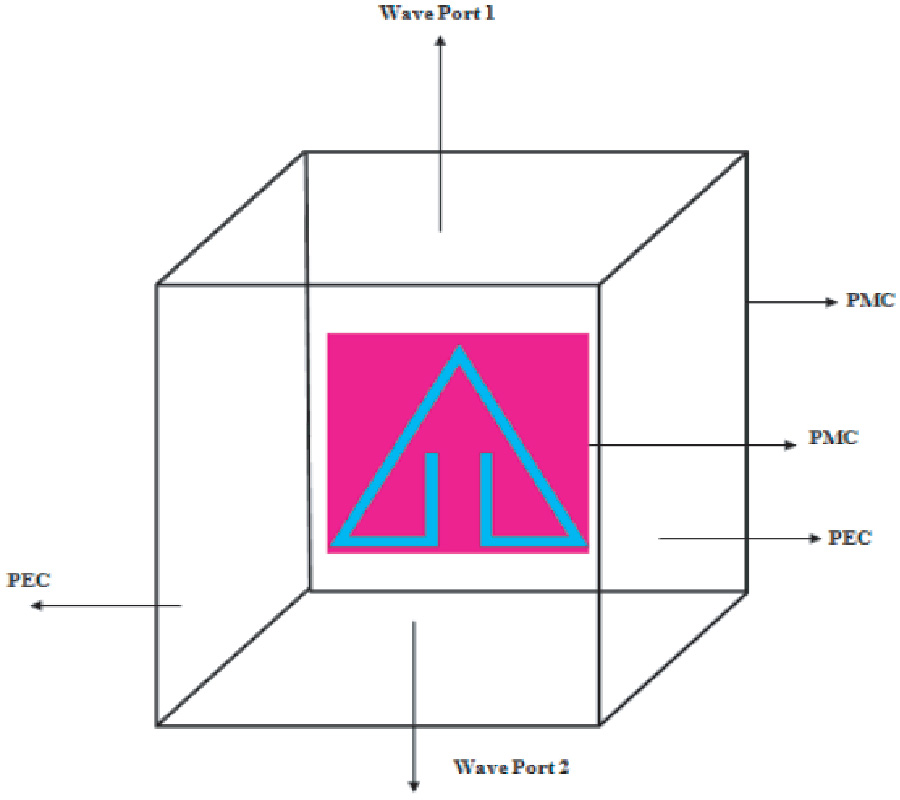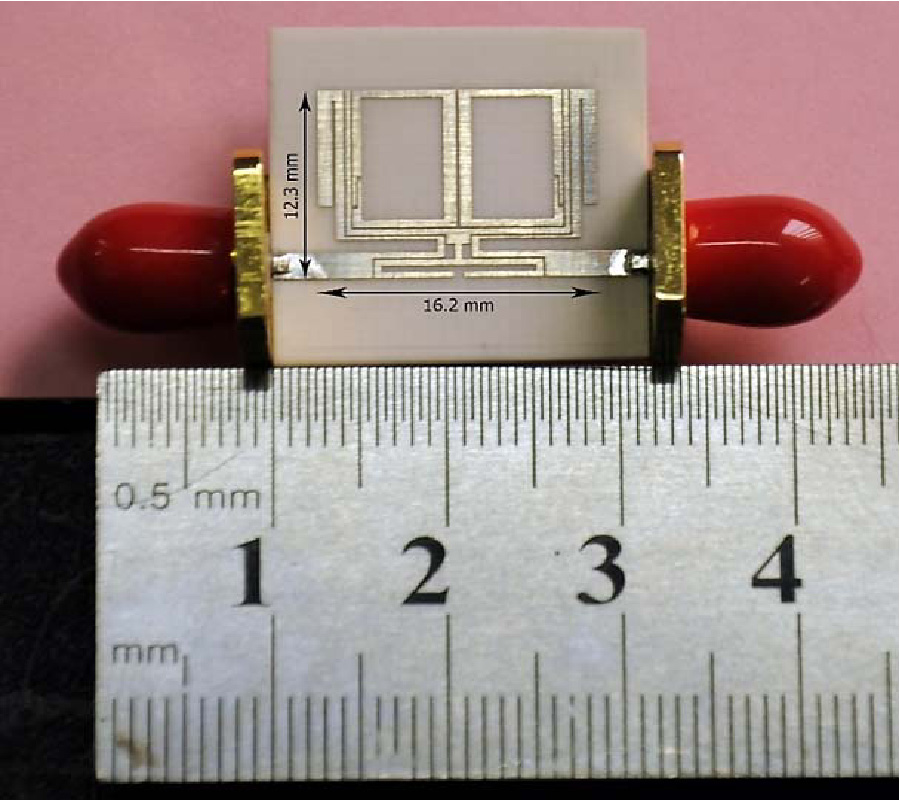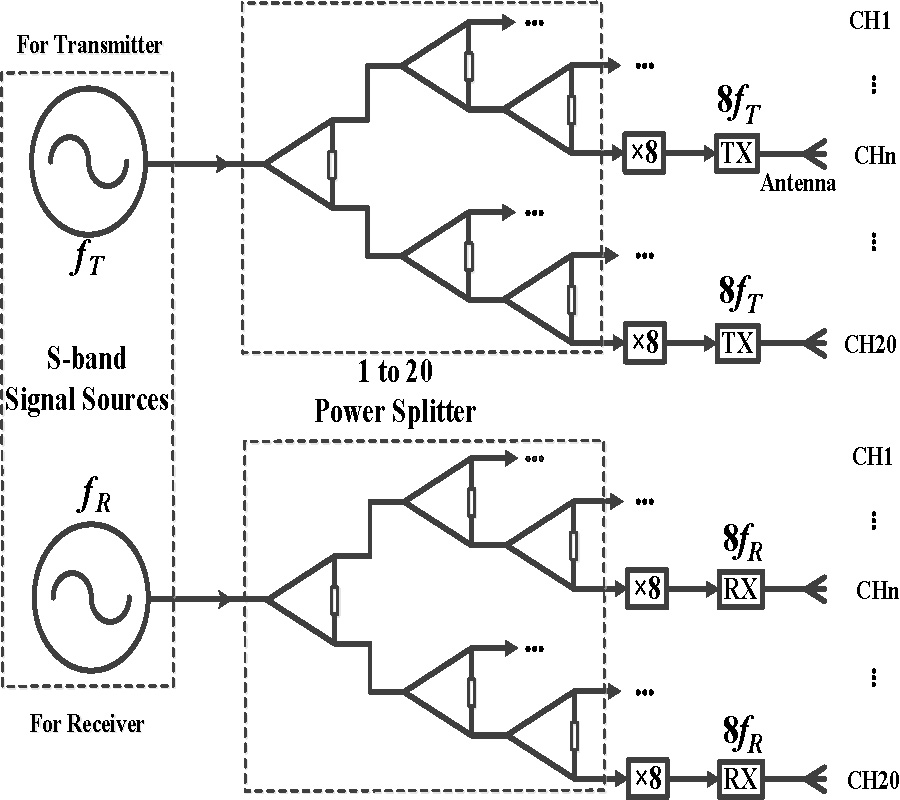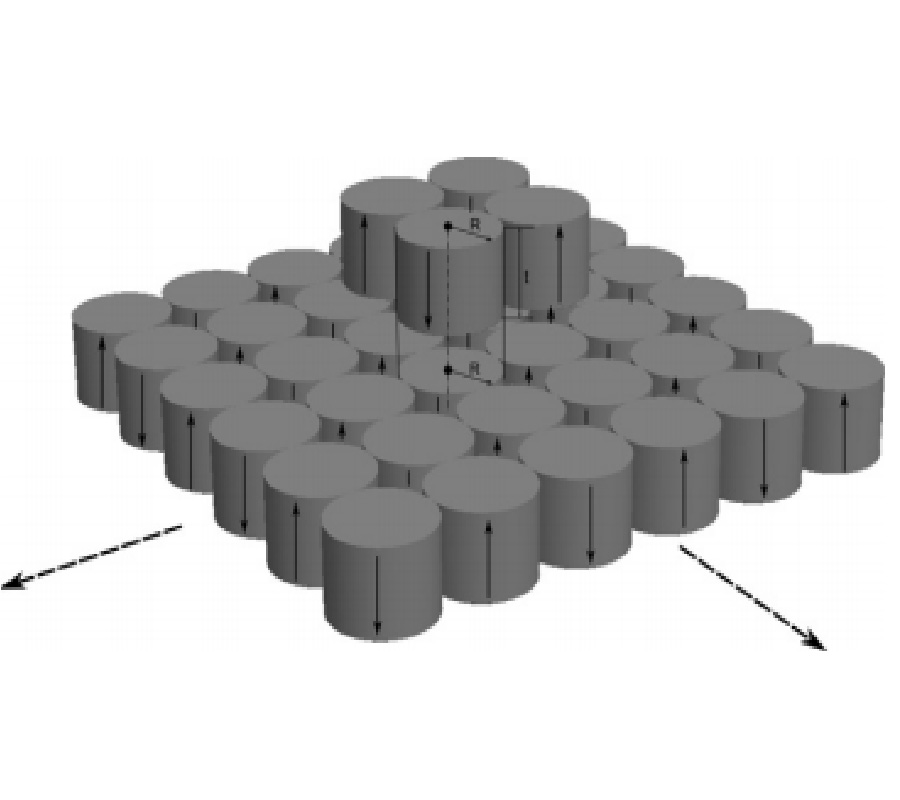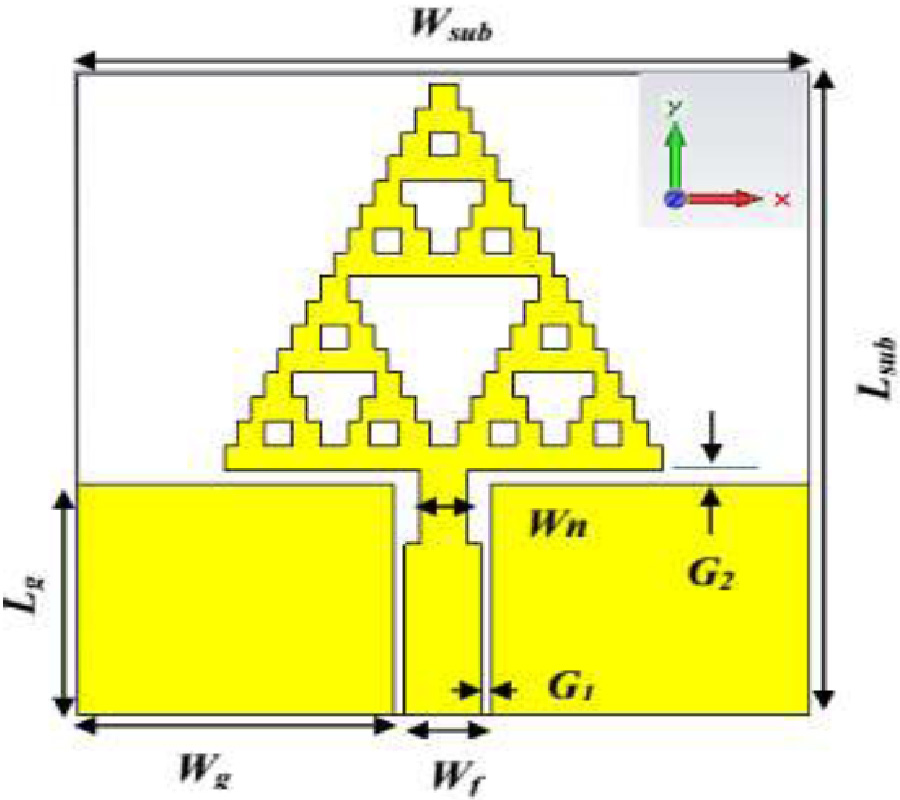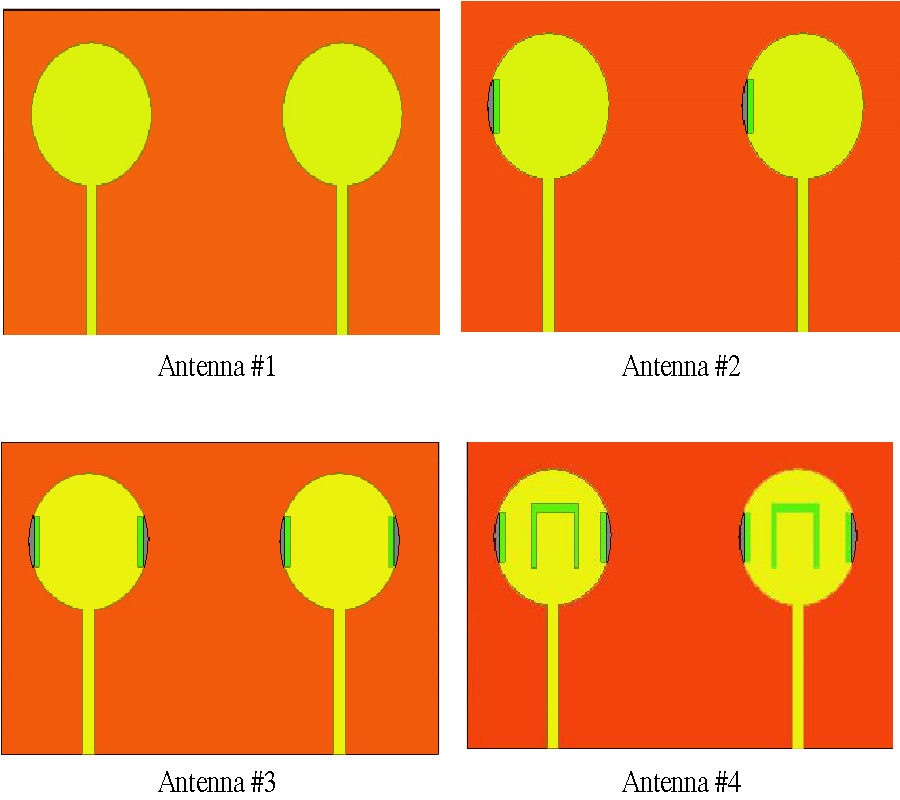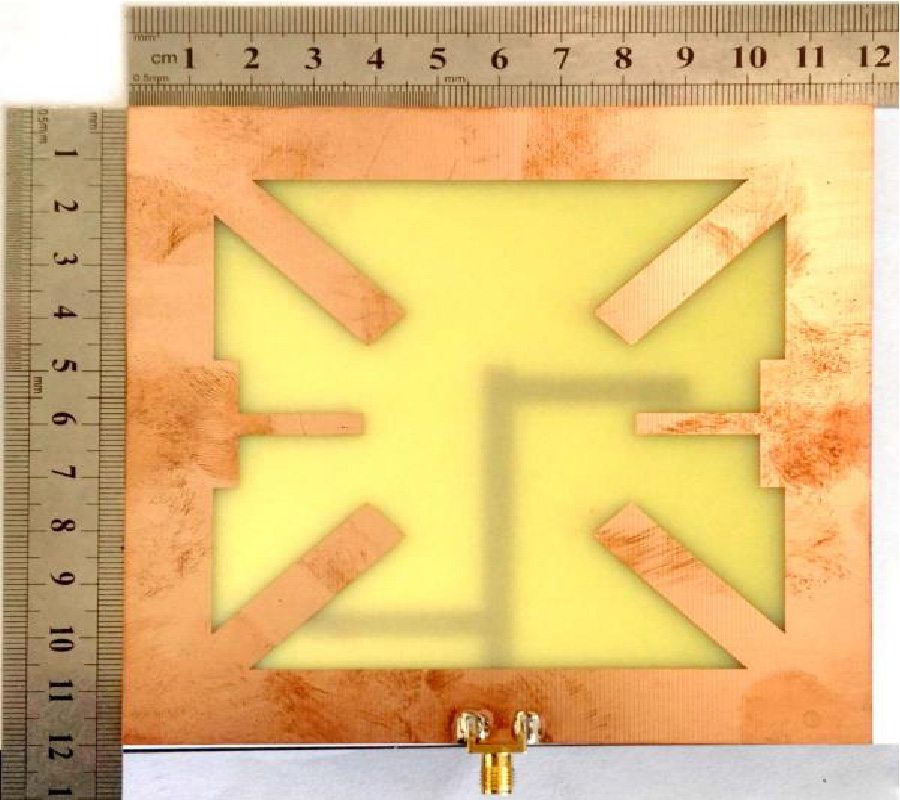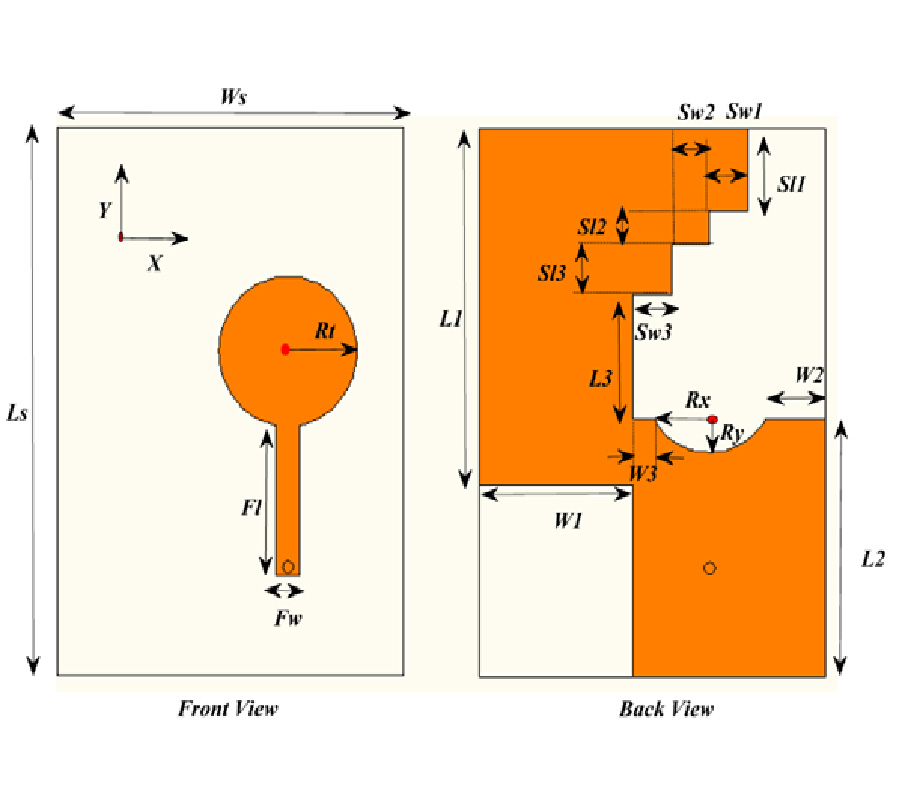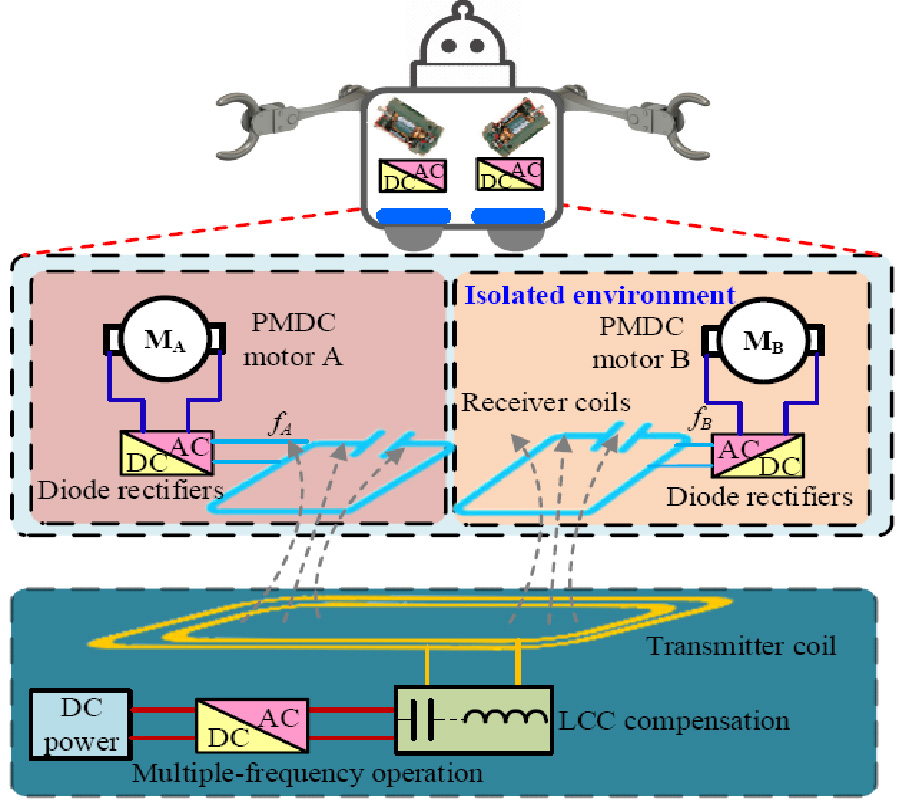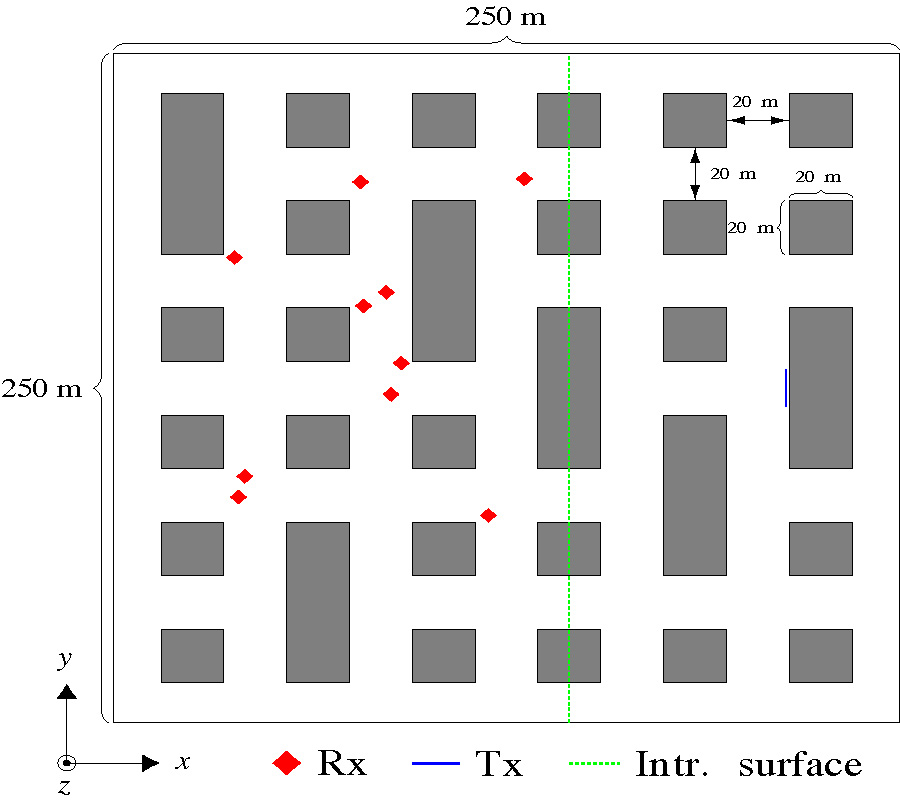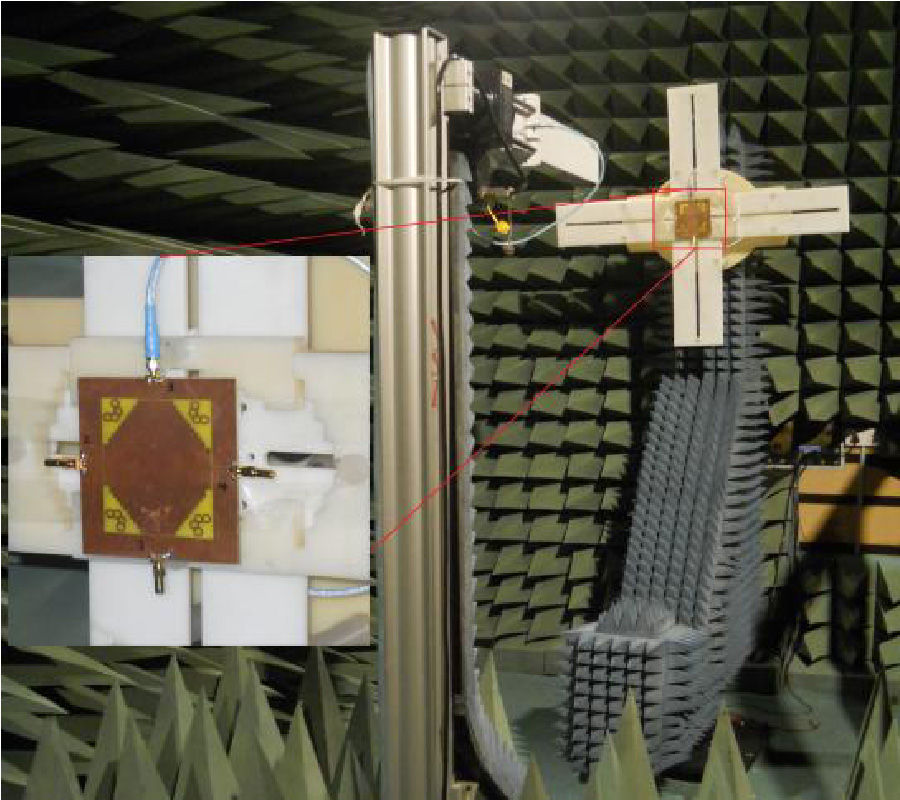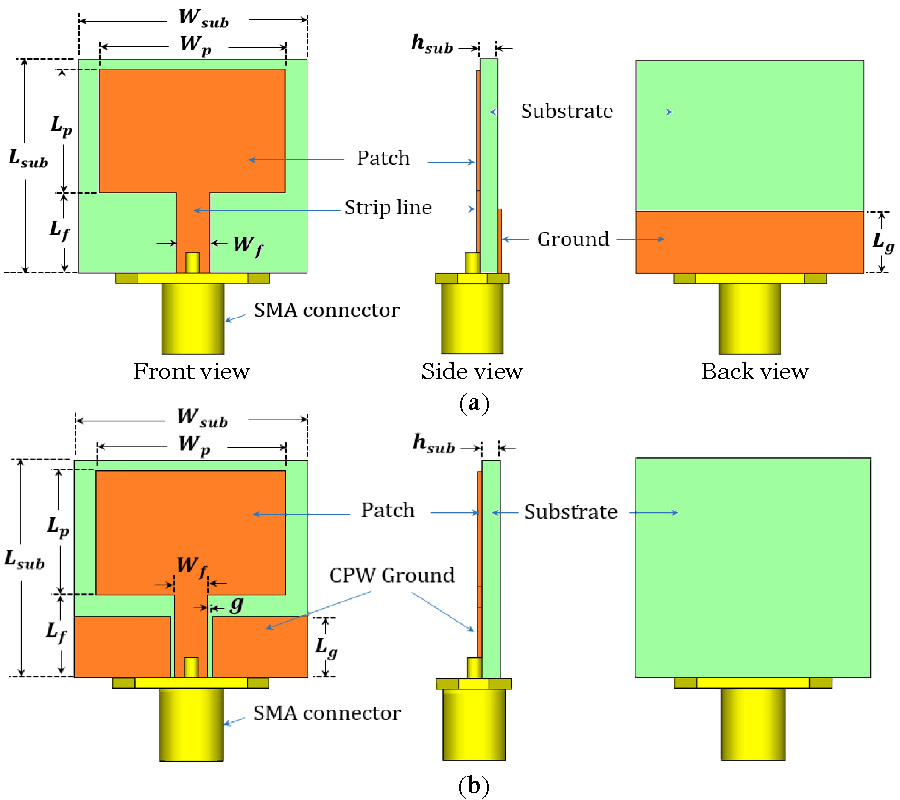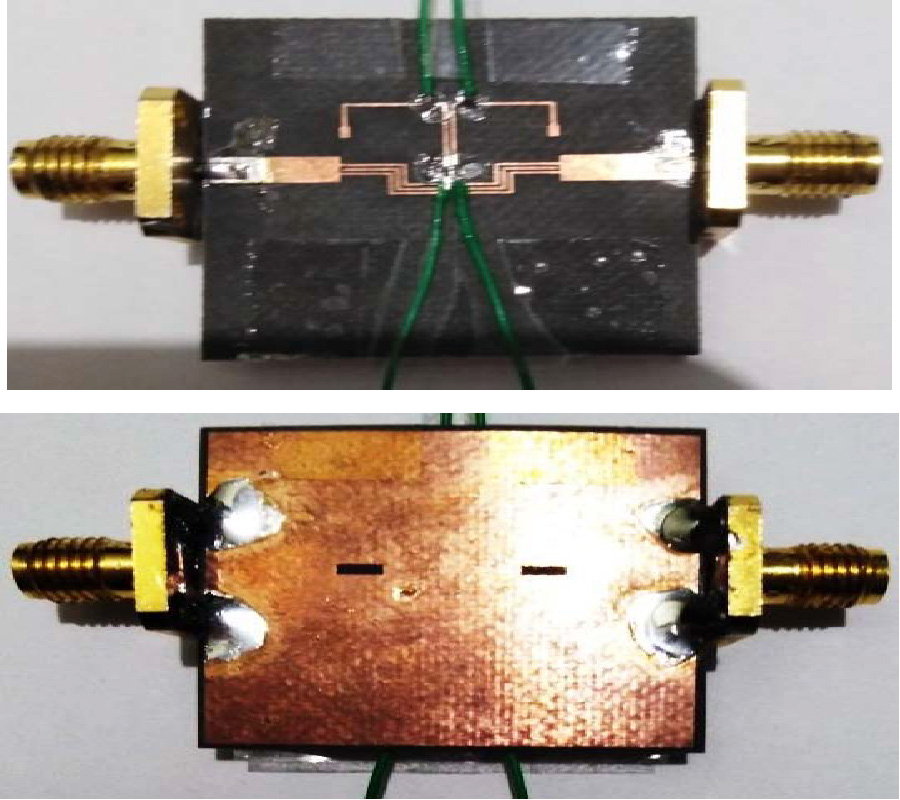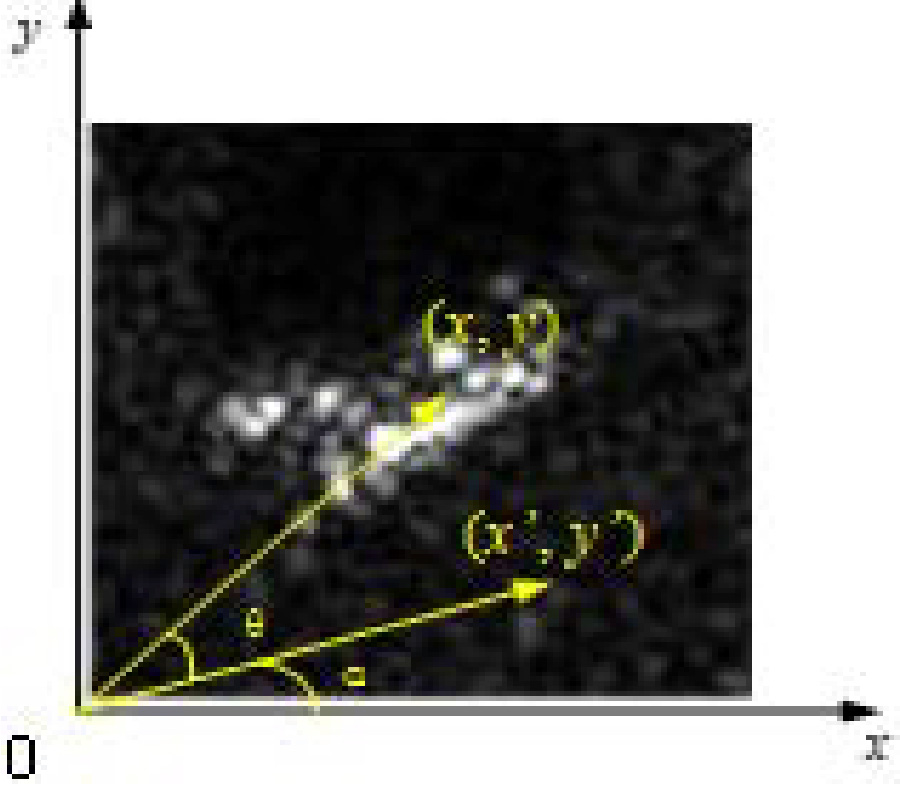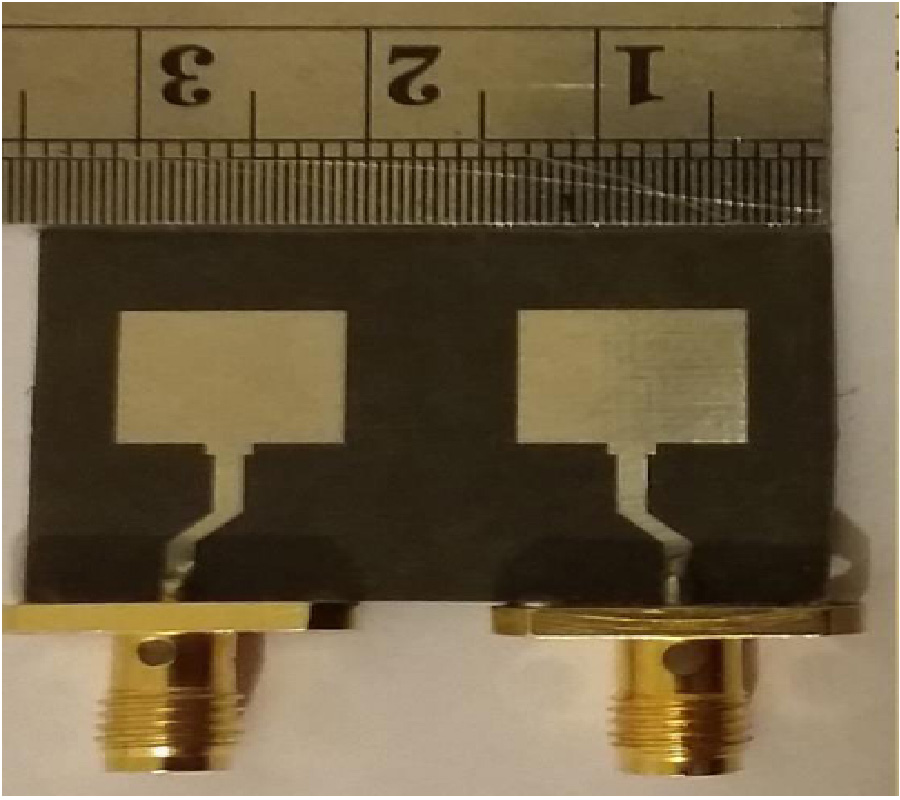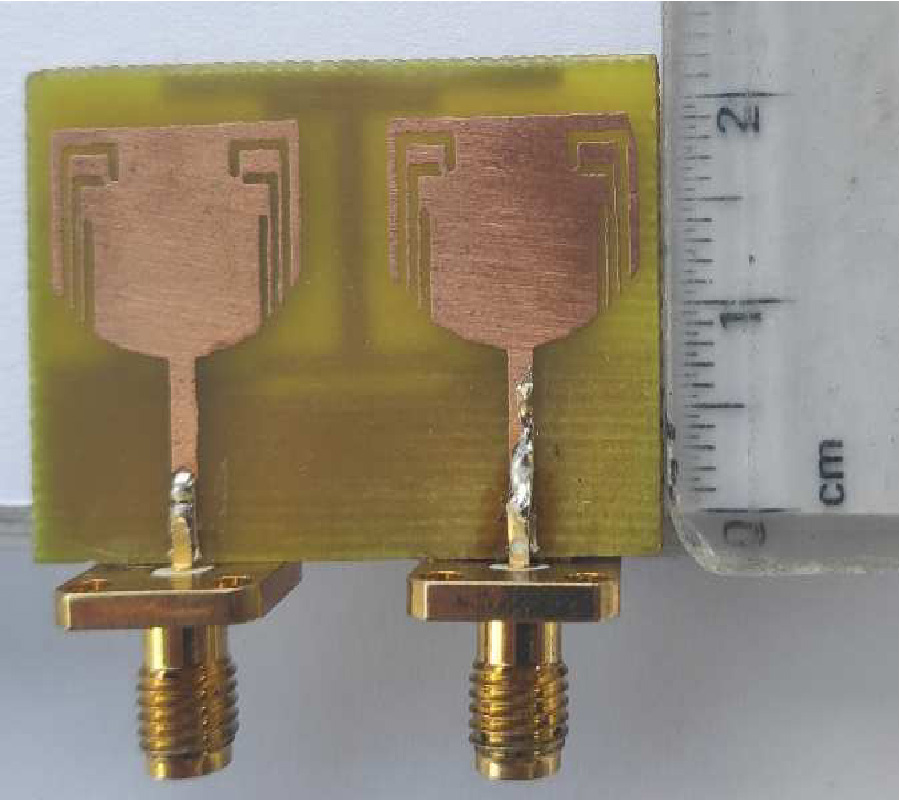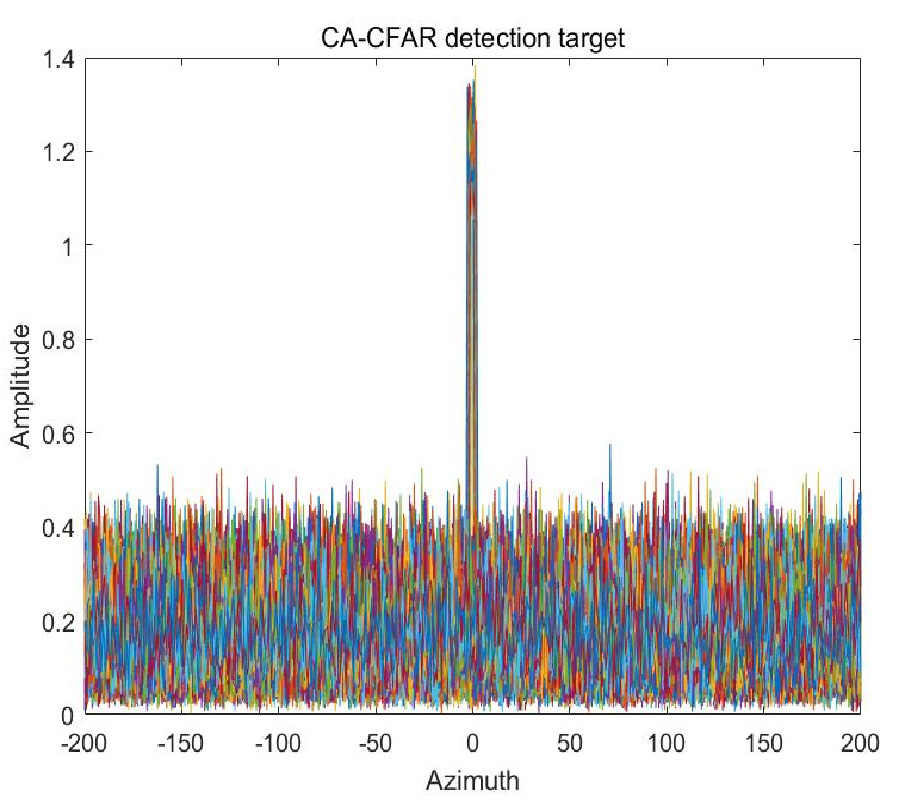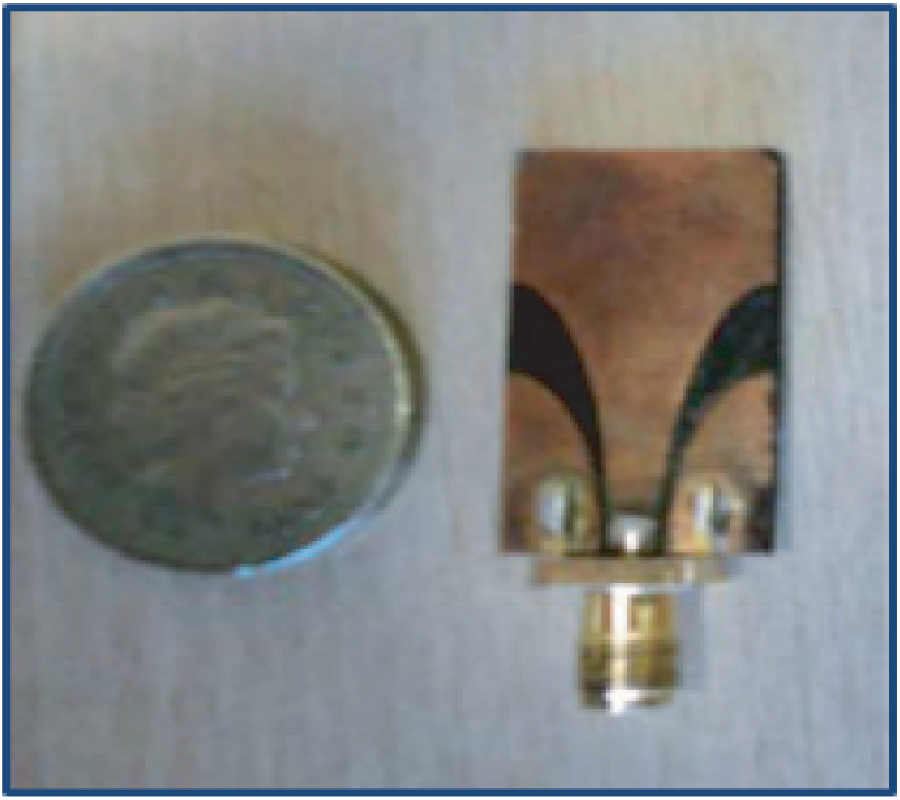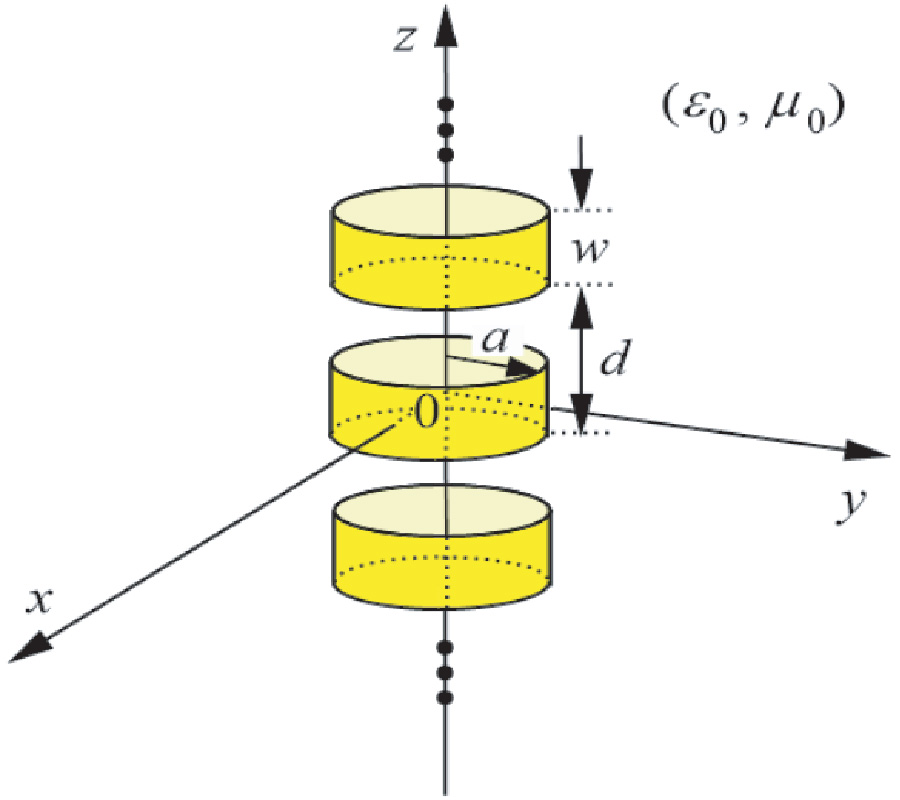An Investigation of Stepped Open Slot Antenna with Circular Tuning Stub
Prashant Purohit,
Bhupendra Kumar Shukla and
Deepak Kumar Raghuvanshi
In this article, a microstrip-fed stepped open slot antenna is presented which is suitable for GSM 1800, WiFi, WiMAX, PCS, and ITM-2000 applications. The proposed geometry is composed of a circle-shaped tuning stub, a feed structure, and deformed ground plane. The proper tuning of resonating modes (fr1, fr2, fr3 and fr4) and wideband frequency response are acquired by adjusting the dimension of stairs, tuning the stub and an elliptical slot. The experimental result demonstrates that this antenna covers the frequency range from 1.375 to 5.6 GHz with measured fractional bandwidth (BW(%)=200 * (fh - fl)/(fh + fl) of 121.14% for S11<-10 dB. This antenna also exhibits resonance at frequencies (measured) 1.625, 2.52, 2.82, 3.75, 4.67, and 5.42 GHz. After investigating the surface current distribution, the mathematical equations are deduced for simulated resonating frequencies of 1.35, 2, 3.8, and 5.22 GHz. Due to asymmetry in structure, asymmetric far-field patterns are found in E-plane with omnidirectional patterns in H-plane.
